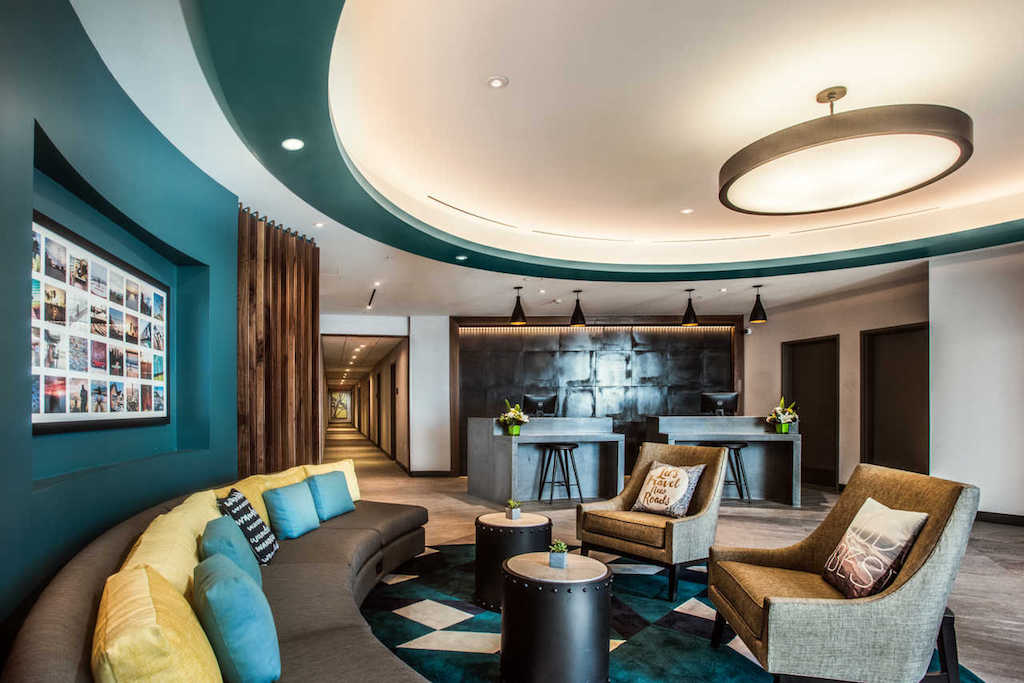U.S. Hotel Occupancy Projected to Hit New Record in 2019 Despite Recent Softness

Skift Take
Bottom line for hotels? They haven't hit the top in terms of growth just yet, and probably won't for at least another year or two.
The U.S. hotel industry is expected to see a 10th consecutive year of growth in 2019, according to a revised forecast from CBRE Hotels Americas Research.
CBRE, a real estate and investment firm, anticipates that U.S. hotel occupancy will rise to 66.2 percent in 2019, marking a fifth straight record level, and that occupancy will be fueled by a 2.1 percent bump in demand, which will offset a hotel supply increase of 1.9 percent.
Most recently, during the third quarter of 2018, some companies — including InterContinental Hotels Group and Choice Hotels International — reported some softness in their reported revenue per available room (RevPAR). Marriott International, the wor
